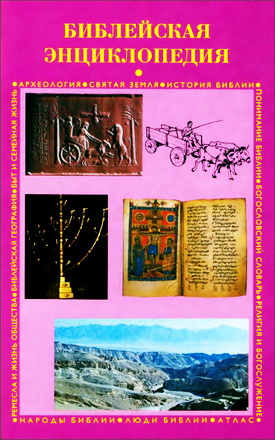
Muller, Pakkala - Editorial Techniques in the Hebrew Bible

This book seeks to investigate how ancient Hebrew Scriptures were edited before they became unchangeable as part of the canonized Hebrew Bible.1 In order to understand how the texts developed and were changed in their transmission, the focus is on documented evidence for divergent readings preserved in the ancient textual traditions. Profound understanding of textual developments in the Hebrew Bible is significant for biblical studies at large, but it is crucial for historical criticism (or the historical-critical method), which builds on a diachronic analysis of the text.2 One of its core
1. We generally use the terms “Hebrew Bible” and “biblical” to refer to the collection of books that later became a canonical collection in Judaism and received the title “Old Testament” in Christianity (in this book we will thus not refer to the New Testament when using the term biblical). We acknowledge that there was no Hebrew Bible as a collection during the formative period of these books when most of the significant scribal changes were made. Although referring to these texts as biblical can be regarded as anachronistic from a certain historical point of view, it is justifiable to use these terms for practical reasons and with respect to their traditional meaning. Historically it is probable that many of the books of the Hebrew Bible already received a normative and authoritative status during their transmission, beginning with the Pentateuch and followed by the prophetic writings. These books could be characterized as protocanonical in some sense; see discussion in final conclusions.
2. In this book we will primarily use the term historical criticism in reference to the study of the literary history of texts. Whereas biblical criticism is generally understood to include a larger array of methods (especially Literarkritik and Redak-tionskritik), historical criticism more clearly refers to literary criticism (corresponding to German Literarkritik) and other methods that are built on literary criticism. The terms “higher” and “lower” criticism will not be used in this book. John Barton, The Nature of Biblical Criticism (Louisville: Westminster John Knox, 2007), 1-3, makes methods, literary criticism (Literarkritik), seeks to identify texts written by different scribes in cases where documented text-critical evidence is lacking. This book compares documented scribal changes witnessed by textual variants with hypothetical discussions about how classic literary criticism would detect and reconstruct similar cases. An ultimate question is, can literary criticism reach significant and reliable results, or should it be altogether abandoned as a scientific approach. At stake is thus nothing less than a main area of historical criticism as a scientific method.
Reinhard Muller, Juha Pakkala - Editorial Techniques in the Hebrew Bible. Toward a Refined Literary Criticism
(Resourses for Biblical Study, Number 97)
Atlanta, SBL Press, 2022. - 612 pp.
Reinhard Muller, Juha Pakkala - Editorial Techniques in the Hebrew Bible. Toward a Refined Literary Criticism - Contents
Abbreviations
1. Introduction
1.1. Rationale and Aims of This Book
1.2. Assumption of Masoretic Text Priority Untenable
1.3. Unevenly Distributed and Unsystematic Changes
1.4. Challenges to Historical Criticism
1.5. The Question of Reconstructability
1.6. Model of Transmission and Textual Fluidity
1.7. Oral Performances or Written Transmission?
1.8. The Prospects and Limits of Historical Criticism
1.9. Presentation of the Evidence and Technical Issues
2. Additions: General Introduction
2.1. Additions Interpret, Correct, and Renew Texts
2.2. Typical Preconceptions
2.3. Categories of Additions
2.4. Uneven Distribution of Documented Additions
3. Additions: Single Words and Short Phrases
4. Additions: Single Sentences and Expressions
5. Additions: Small Sections, Scenes, and Clusters of Connected Sentences
Additions: Larger Passages
Additions: Results
7.1. Additions Often Attested by Textual Evidence
7.2. Detectable and Undetectable Additions
7.3. Added Words and Short Phrases
7.4. Added Clauses and Full Sentences
7.5. Added Connected Sentences and Smaller Sections
7.6. Added Large Passages
7.7. Additions: Size, Frequency, and Theological Importance
7.8. Types of Additions
7.9. Traces of Scribal Additions
8. Omissions
9. Replacements
10. Transpositions
11. General Conclusions
11.1. Documented Evidence as Key
11.2. Editorial Processes in the Hebrew Bible
11.3. Protocanonical Processes of Transmission
11.4. Detecting Undocumented Editorial Changes
11.5. Limits and Possibilities of Historical Criticism
11.6. Toward a Refined Literary Criticism
Bibliography
Ancient Sources Index
Modern Authors Index
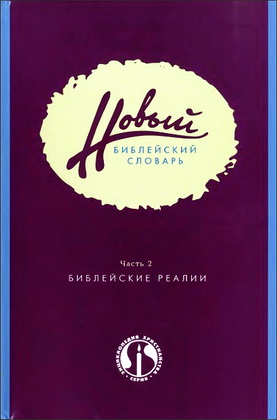
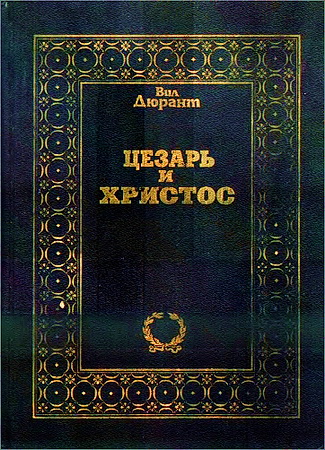
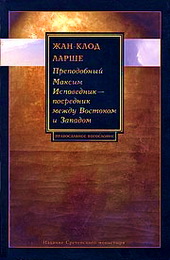
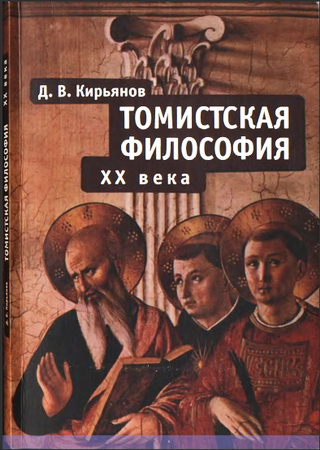
Комментарии (1 комментарий)
спасибо